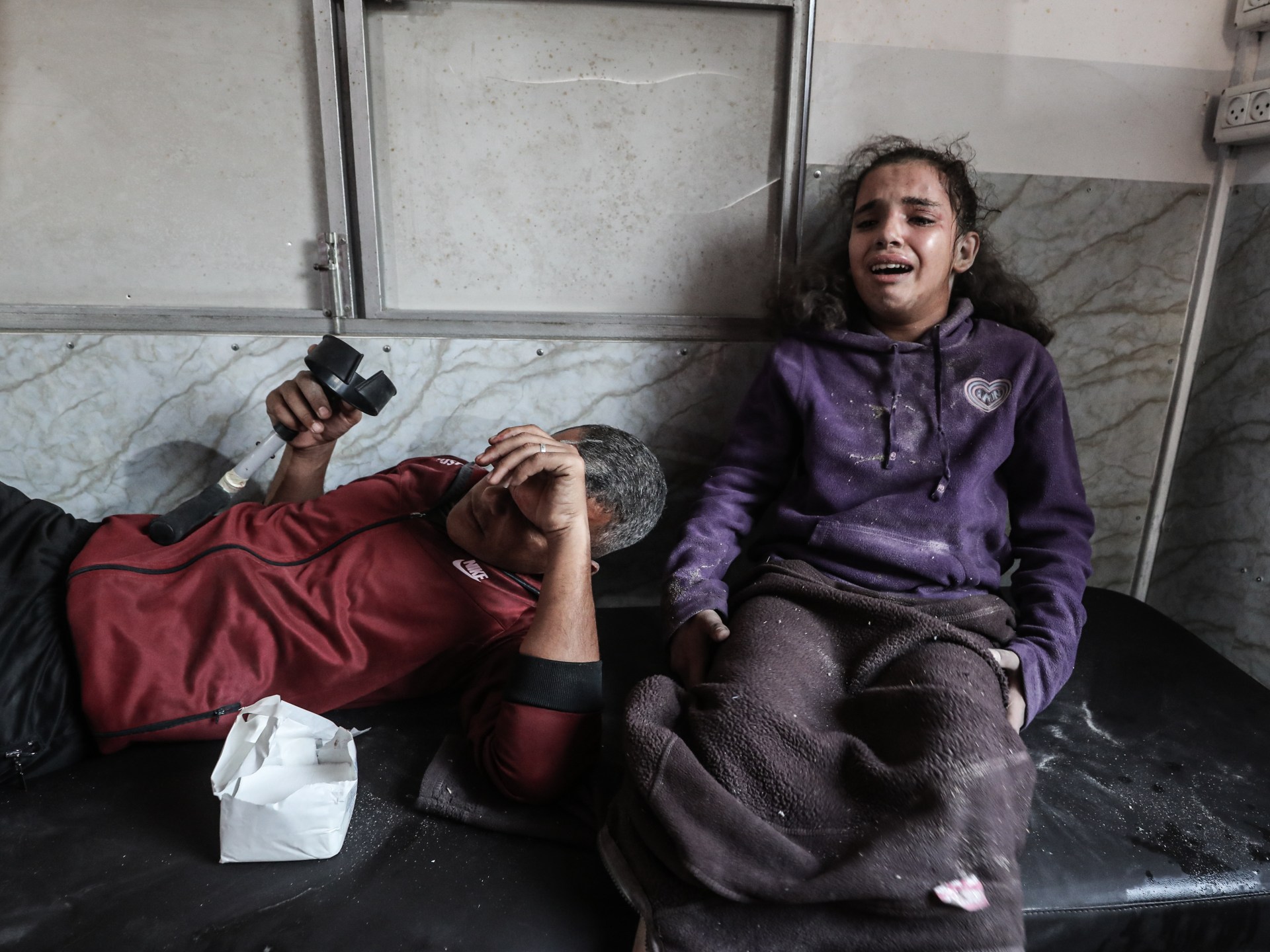Many Palestinians sigh of relief when a “ceasefire” was declared in Gaza on October 10. They had just endured two years of constant bombardment, which was estimated to have been equivalent to roughly six times the explosive force of the 1945 bombing that hit Hiroshima, concentrated on a region less than half the size of the Japanese city.
The destruction was extensive. Critical infrastructure, including the sewage system and electricity lines, had been severely damaged, most of which had been destroyed, and all hospitals and universities had been bombed. At least 10,000 Palestinian bodies who had been killed in bombardments and who were still unaccounted for had reportedly been scattered across the strip, which is estimated to have contained 50 million tons of rubble.
The respite, however, never materialized that the people of Gaza had hoped would arrive. The Israeli regime began bombing the strip again shortly after the “ceasefire” announcement. Since then, it hasn’t stopped.
Israel has violated the “ceasefire” nearly killed-hundreds”>500 times in 44 days, killing 342 civilians, according to Gaza’s Government Media Office. The Israeli Occupation Forces (IOF) killed 109 Palestinians, including 52 children, on October 29. More recently, on Thursday, a bomb dropped on a building they were sheltering in in the Zeitoun neighborhood of Gaza City claimed the lives of 32 Palestinians, including an entire family.
However, the bombardment is not the only thing that is still going on. The hunger hasn’t either.
According to the “ceasefire” agreement, Israel was supposed to be allowed to bring in 600 trucks of aid each day, but that has been refused. The IOF only permits 150 trucks a day to enter the strip, according to Al Jazeera’s correspondent from Gaza, Hind al-Khoudary. Additionally, they restrict the entry of much-needed medicine, tents, and other shelter-related supplies, such as meat, dairy, and vegetables.
According to a coalition of Palestinian relief organizations, the current level of aid doesn’t even meet the population’s basic needs.
UNRWA, which claims to have enough food in its warehouses to feed everyone in Gaza for months, is still prohibited from bringing any of it in. The International Court of Justice (ICJ) advised the Israeli regime in October that it has a duty to not impede the flow of aid by UN agencies, including UNRWA, in direct conflict with this.
The court also refuted Israeli claims that the organization lacks impartiality and emphasized its significance as a key player in the humanitarian community. The Israeli government, however, has rejected the advisory opinion and continues to stymie UNRWA’s activities by preventing distribution of aid and denying its international staff visas.
Additionally, the Israeli government does not adhere to the interim measures that were established in a ICJ decision in January 2024, which found that it was possible to commit genocide in Gaza. These included allowing humanitarian assistance into Gaza, preventing and punishing incitement to genocide, and preventing and allowing genocide. The court has since repeated its provisional measures since then. They are still being ignored by the Israeli government.
Because of its unmatched diplomatic, financial, and military cover, it continues to do so on a global level. The most recent instance of that was on November 17 when Resolution 2803, which approved President Donald Trump’s 20-point plan for Gaza, was passed.
The board of peace, which is led by Trump himself, and the international stabilization force, which are charged with ensuring security and putting pressure on Palestinian groups, are two of its provisions. Both organizations’ governing bodies are still undetermined, but they would cooperate with the Israeli government, giving the Palestinian people a new layer of control.
Additionally, the resolution makes it possible to use both domestic and international aid distribution channels. It doesn’t mention the genocide or suggest any mechanisms for holding accountable for war crimes. In essence, the resolution goes against international law and gives Gaza to the US, who is a co-perpetrator of the genocide.
All of this makes it clear that there is no ceasefire in any way. The Israeli government continues to attack Gaza, starve the Palestinian population, and obstruct its access to safe shelter and care.
Third states can claim progress on conflict resolution and even peace if the Palestinians’ fundamental genocidal reality on the ground is still largely unchanged by calling this agreement a ceasefire. The “ceasefire” serves as a cover for the Palestinian people’s ongoing extermination, displacement, and erasure in Gaza, and as a deterrent to the international press and media.
Source: Aljazeera

Leave a Reply